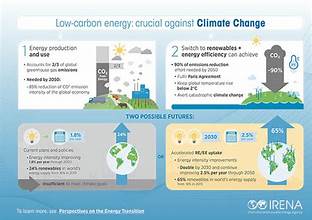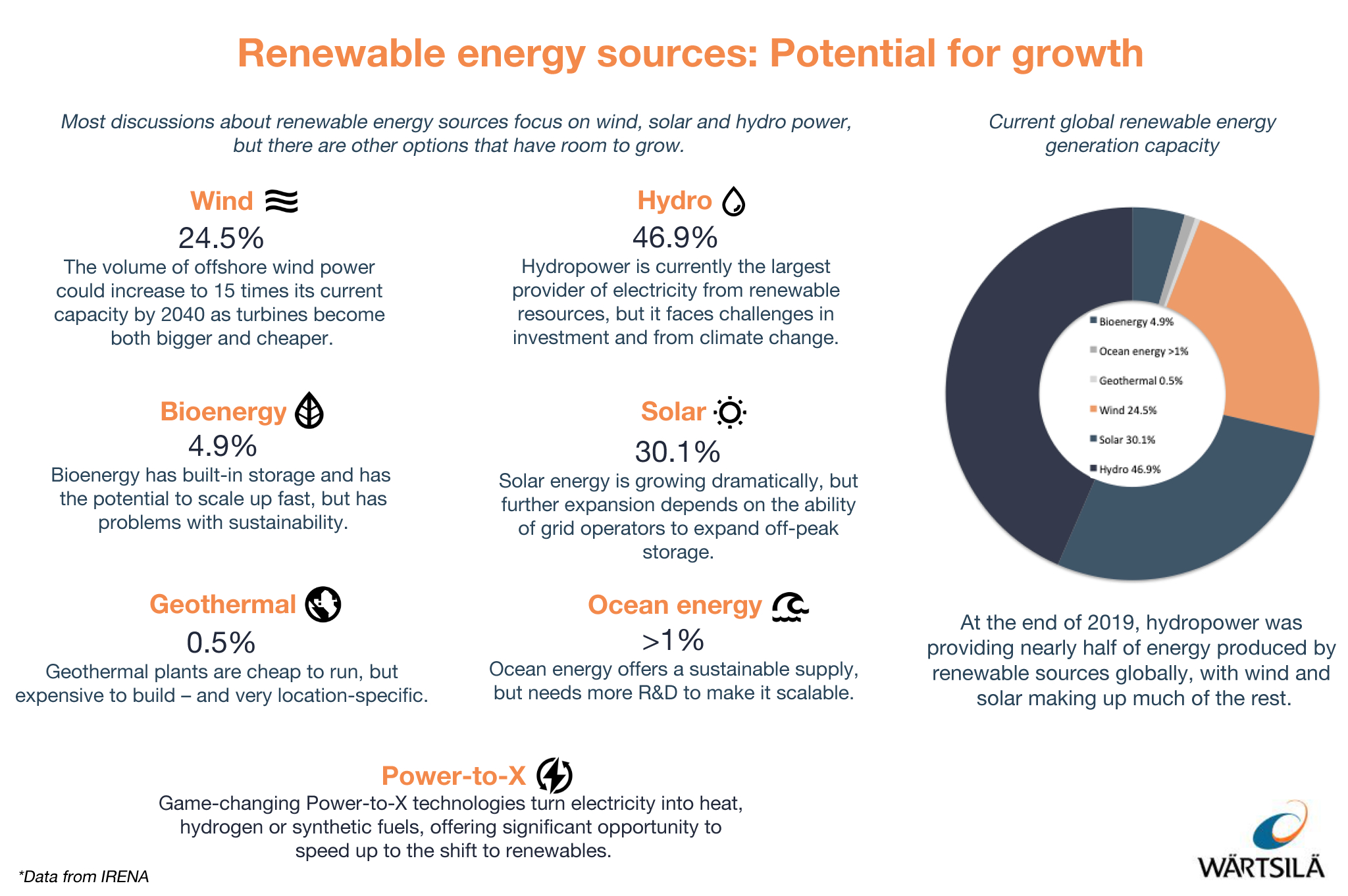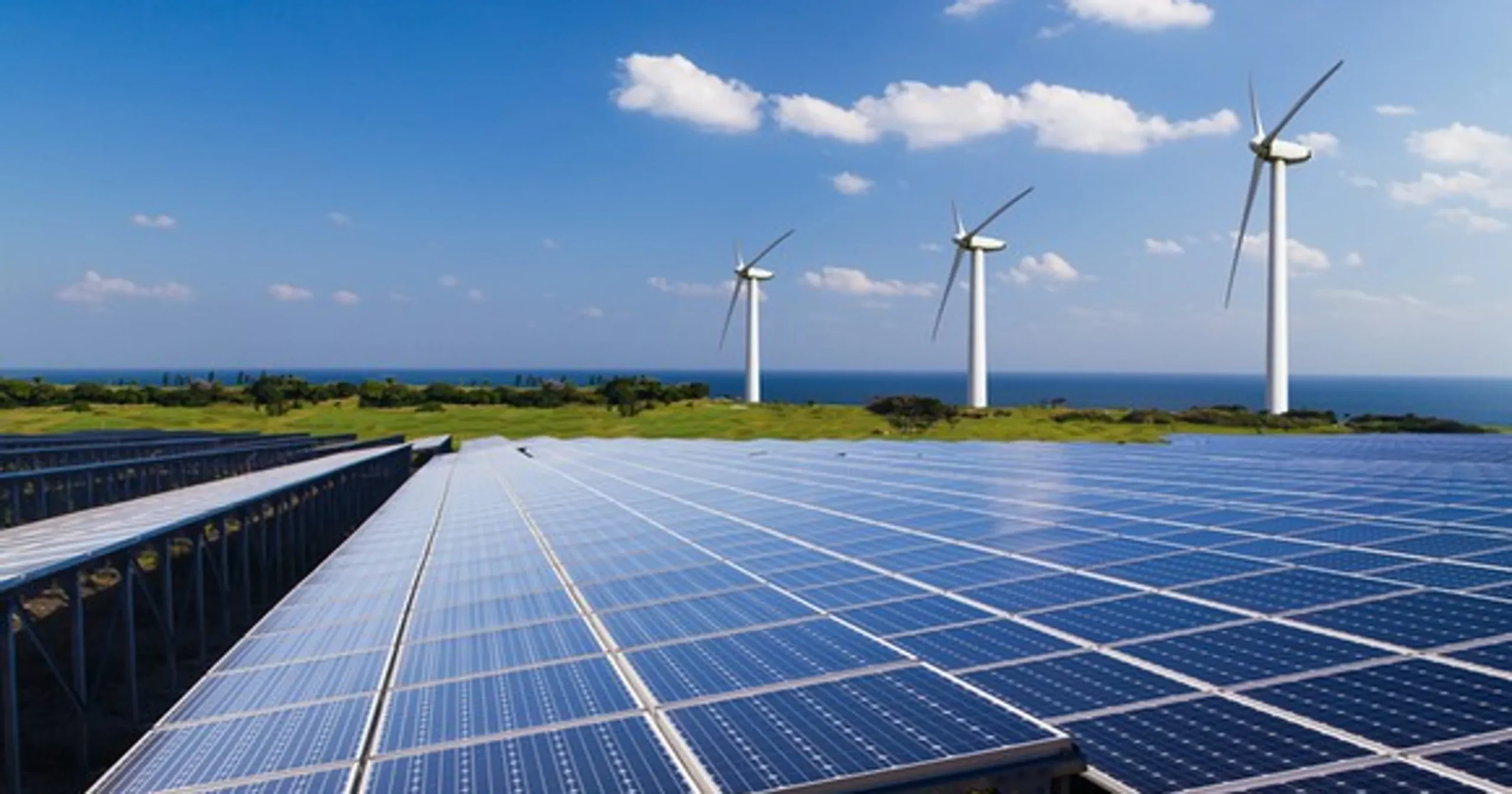
Introduction
As we progress through 2024, the fight against climate change has never been more critical. One of the most promising strategies in this battle is the adoption of renewable energy sources. These technologies, which harness natural processes such as sunlight, wind, and geothermal heat, are increasingly recognized for their potential to reduce greenhouse gas emissions and mitigate global warming. This article explores the impact of renewable energy sources on climate change in 2024, examining their benefits, challenges, and future prospects.
The Role of Renewable Energy in Climate Change Mitigation
Renewable energy sources, including solar, wind, hydro, and geothermal power, offer a cleaner alternative to fossil fuels. Unlike coal, oil, and natural gas, which release large amounts of carbon dioxide (CO2) and other pollutants when burned, renewable energy sources produce little to no greenhouse gases. This fundamental difference is key to their role in mitigating climate change.
Solar Energy
Solar energy has become one of the most widely adopted forms of renewable energy. By converting sunlight directly into electricity using photovoltaic (PV) cells or concentrating solar power (CSP) systems, solar energy reduces reliance on fossil fuels. In 2024, advancements in solar technology, such as improved efficiency of PV cells and cost reductions in solar installations, have made solar power more accessible and economically viable than ever before.
Impact on Climate Change:
- Reduced CO2 Emissions: Solar power generation results in negligible CO2 emissions compared to fossil fuels.
- Energy Independence: By harnessing solar energy, countries can reduce their dependence on imported fossil fuels, enhancing energy security.
Wind Energy
Wind energy, captured through wind turbines, is another crucial renewable resource. Modern wind turbines are capable of generating electricity even at low wind speeds, making wind power a reliable energy source. In 2024, both onshore and offshore wind farms are expanding rapidly, driven by technological advancements and favorable government policies.
Impact on Climate Change:
- Significant Emission Reductions: Wind power produces electricity with no direct CO2 emissions.
- Sustainable Energy Supply: Wind is an abundant resource that can provide a continuous supply of electricity without depleting natural resources.
Hydropower
Hydropower utilizes the energy of flowing water to generate electricity. It remains one of the oldest and most established renewable energy technologies. In 2024, hydropower continues to play a significant role, particularly in regions with ample water resources.
Impact on Climate Change:
- Low Carbon Footprint: Hydropower plants have a relatively low carbon footprint compared to fossil fuel-based power plants.
- Reliable Energy Source: Hydropower provides a consistent and reliable source of energy, contributing to grid stability and reliability.
Geothermal Energy
Geothermal energy harnesses heat from the Earth’s core to generate electricity and provide direct heating. Although less widely used than solar or wind power, geothermal energy offers significant potential due to its consistent and reliable nature.
Impact on Climate Change:
- Minimal Emissions: Geothermal power plants have low greenhouse gas emissions.
- Sustainable and Continuous: Geothermal energy is available around the clock, providing a stable energy source that is less affected by weather conditions.
Challenges and Considerations
While renewable energy sources offer numerous benefits, there are also challenges associated with their implementation. Understanding these challenges is crucial for maximizing the impact of renewable energy on climate change.
Intermittency and Reliability
One of the primary challenges with renewable energy sources like solar and wind is their intermittent nature. Solar power generation depends on sunlight, which varies with time of day and weather conditions, while wind power depends on wind availability.
Solutions:
- Energy Storage: Advances in energy storage technologies, such as batteries and pumped hydro storage, help mitigate the intermittency issue by storing excess energy for use during periods of low production.
- Grid Modernization: Upgrading grid infrastructure to better manage and distribute renewable energy is essential for maintaining reliability.
Environmental and Social Impacts
While renewable energy sources are generally more environmentally friendly than fossil fuels, they can still have local environmental and social impacts. For example, large-scale hydropower projects can affect aquatic ecosystems and displace communities.
Solutions:
- Sustainable Practices: Implementing best practices and conducting thorough environmental impact assessments can help minimize negative effects.
- Community Engagement: Involving local communities in decision-making processes ensures that renewable energy projects address social concerns and benefits.
Economic and Policy Challenges
The transition to renewable energy requires substantial investment and supportive policies. In some regions, the initial cost of renewable energy technologies can be high, and there may be resistance from industries reliant on fossil fuels.
Solutions:
- Government Incentives: Policies such as tax credits, subsidies, and feed-in tariffs can help reduce the financial barriers to renewable energy adoption.
- Market Innovation: Encouraging market competition and technological innovation can drive down costs and promote broader adoption.
The Future of Renewable Energy and Climate Change
Looking ahead, the future of renewable energy in combating climate change appears promising. Continued advancements in technology, coupled with supportive policies and increased public awareness, are expected to drive further growth in the renewable energy sector.
Technological Advancements
Emerging technologies, such as advanced solar panel materials, next-generation wind turbines, and enhanced geothermal systems, are likely to enhance the efficiency and scalability of renewable energy sources.
Policy and Global Cooperation
International agreements and national policies aimed at reducing carbon emissions and promoting renewable energy adoption will play a crucial role in shaping the future of climate change mitigation.
Public Awareness and Engagement
Increasing public awareness about the benefits of renewable energy and encouraging individual actions, such as adopting solar panels or supporting clean energy initiatives, will contribute to the overall success of climate change strategies.
Conclusion
In 2024, renewable energy sources stand at the forefront of efforts to combat climate change. By offering a cleaner, more sustainable alternative to fossil fuels, technologies such as solar, wind, hydropower, and geothermal energy are essential to reducing greenhouse gas emissions and fostering a healthier planet. While challenges remain, continued technological innovation, supportive policies, and public engagement will drive progress and amplify the positive impact of renewable energy on climate change. As we move forward, embracing these solutions will be key to securing a sustainable future for generations to come.

